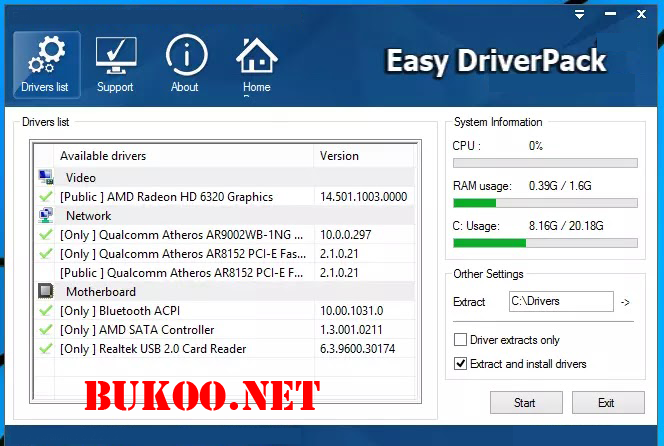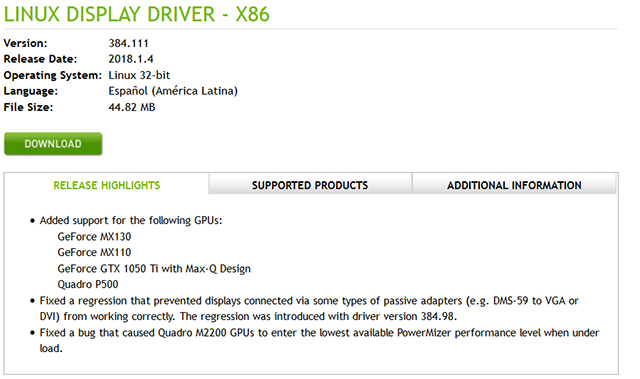

Manual configuration of X.Org is not required.You should see i915kms listed, and a flash of the console when the display driver is switched. If you notice high CPU usage, or excessive tearing with HD video: multimedia/libva-intel-driver may help – installation should be in addition to drm-kmod, mesa-libs and mesa-dri. This page includes a table of states for various Intel chipsets. The resulting module should work well on all compatible systems. To enable the integrated graphics chip on Intel CPUs, install drm-kmod. Commonly-found configurations include Kabylake Intel i915 HD Graphics. Intel HD Graphics chips are found in many modern laptop and desktop systems that ship with an Intel CPU. Wikipedia offers a good overview of the variations and names used for generations of Intel HD Graphics. Intel HD Graphics refers to the class of graphics chips that are integrated on the same die as an Intel CPU. Intel Integrated Graphics (aka HD Graphics) You should see radeonkms listed, and a flash of the console when the display driver is switched. # sysrc -f /etc/rc.conf kld_list+=radeonkms The radeonkms module is for older GPUs (pre-HD7000 or pre-Tahiti). Start X.Org via your usual method (i.e.You should see amdgpu listed, and a flash of the console when the display driver is switched. With FreeBSD 13⋯, this command will safely configure your /etc/rc.conf:Įnsure that your UID is a member of the video group.

The post-installation message presents essential information. The amdgpu module is for post-HD7000 or Tahiti GPUs. With the buffer disabled, console output will not appear until the driver loads. If UEFI boot results in a conflict between a driver and the EFI frame buffer, you can add this line to /boot/nf to disable the buffer: The X.Org project provides a Decoder ring for engineering vs marketing names.



 0 kommentar(er)
0 kommentar(er)
